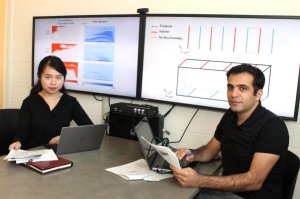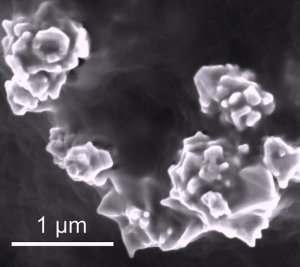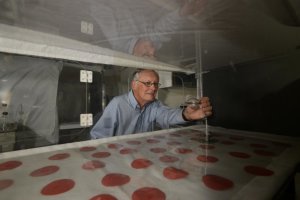When it comes to creating robots that look like humans, we’re getting good — uncannily good. And one expert has claimed that in 15 years, they’ll be smarter than us, too. But until recently, we haven’t devoted much thought to the robotic afterlife. Where, exactly, does a robot go when it has outlived its usefulness? Most robots are made from metal and plastic — and I’d hazard a guess that your out-of-commission Roomba isn’t headed to the compost pile. But in the future, it looks like our artificial friends could be going six feet under along with the rest of us. A team of scientists from the Italian Institute of Technology (IIT) are on a mission to engineer completely biodegradable robots. Their…













